Strong & Safe with Weightlifting Belts

By Kim Goss
One of the basic tools of strength training is a weightlifting belt. Some may think of it as “cheating,” as a way to artificially lift more weights. Not exactly.
As a bit of history, consider that weightlifting belts are by no means a new invention. Ludwig Durlacher was a German strongman born in 1844 who went by the stage name Louis Attila and is best known for mentoring legendary strongman Eugen Sandow. Early photos of Durlacher show him in his performance leotard wearing a weightlifting belt. Jump ahead to the 1896 Olympic Games, which featured the first official weightlifting competition, and many of the competitors were photographed wearing weightlifting belts. Now, it would be extremely rare to find a weight room without belts.
What does a lifting belt do? First, they help protect the lower back from harmful hyperextension during overhead lifting. In the early days of competitive weightlifting, the Olympic clean and press was one of the three lifts contested in competitions (along with the snatch and the clean and jerk). This lift required the athlete to lean backwards to improve their leverage, placing tremendous stress on the lumbar spine. Jon Cole, a multisport athlete whose training methods were part of the inspiration for the BFS program, clean and pressed 430 pounds in competition in this exercise.
For other heavy lifts, such as the squat and deadlift, lifting belts help protect the spine, but in a different way. Russian sports scientists performed studies that involved having subjects swallow balloons that they would inflate as the subject lifted. What the researchers found was that weightlifting belts could increase intra-abdominal pressure (i.e., compressing the gases and fluids in the abdominal cavity) that serves to decompress the spine. Or, to use modern-day terminology, belts serve to create a stable “core.”
 Don't miss Belts On Sale - Monday 01-14-2019 - Free Shipping and 15% Off
Don't miss Belts On Sale - Monday 01-14-2019 - Free Shipping and 15% Off
Belts also help ensure proper lifting technique by providing feedback on the position of the spine as the athlete lifts. The late Dr. Mel Siff explained the concept in his classic weight training textbook, Supertraining. “When you are wearing a belt, its pressure exerted on the skin and muscles below it tells you a lot about the tension in the muscles, the pressure in your abdomen and the straightness of your back.”
In modern and well-equipped weight rooms, you’ll find four kinds of belts: powerlifting belt, Olympic lifting belt, training belt, and the dip/chin belt.
Powerlifting Belt. The powerlifting belt is a double-notched, 4-inch (10-centimeter) belt used in the sport of powerlifting and often by strongman competitors. This belt is the same width all the way around to provide maximum support. Many powerlifting belts on the market are twice the thickness of a non-powerlifting leather belt to increase their stability. Competitive powerlifters prefer this type of belt for squats because it provides superior frontal support in keeping the body upright, which is hard to do when lifting maximal weights.
Weightlifting Belt. This belt is about the same size as the powerlifting belt but tapers around the front of the body. This design makes it more comfortable for performing full squats and Olympic lifts because a powerlifting belt may dig into the waist. The weightlifting belt can also be used effectively for the deadlift because the tapered design does not restrict movement. Throwers in track and field often use this type of belt during training and competition for support.
Training Belt. Training belts are extremely wide in the back, usually 6 inches, and taper to 4 inches in the front. This belt provides maximal support for the lower back and is most popular among those who lift recreationally. This belt, along with powerlifting and weightlifting belts, can be purchased with color-coded straps to help with organization when working with large groups.
Traditional lifting belts are made primarily of leather with metal buckles for a more secure hold. Another option are nylon belts (similar to the material used for car seat belts) that are more flexible and have an adjustable strap function that provides a more custom fit. These belts cost a bit more than leather belts, but if your budget permits, they are a popular weightroom addition.
Chin/Dip Belt. Another type of belt is called a dip/chin belt, or simply, dip belt. In physical education classes, exercises such as chin-ups and dips are often performed with just bodyweight, but with added resistance these exercises can be great upper body strength and muscle mass builders. Yuriorkis Gamboa and Jack Culcay are professional world boxing champions. Gamboa could do chin-ups with 90 pounds using a chin/dip belt and Culcay could do three dips with 165 pounds.
Just as a carpenter needs tools to work, athletes need tools in the weight room to get stronger and perform better. Weightlifting belts are the essential tools of the weight room.
